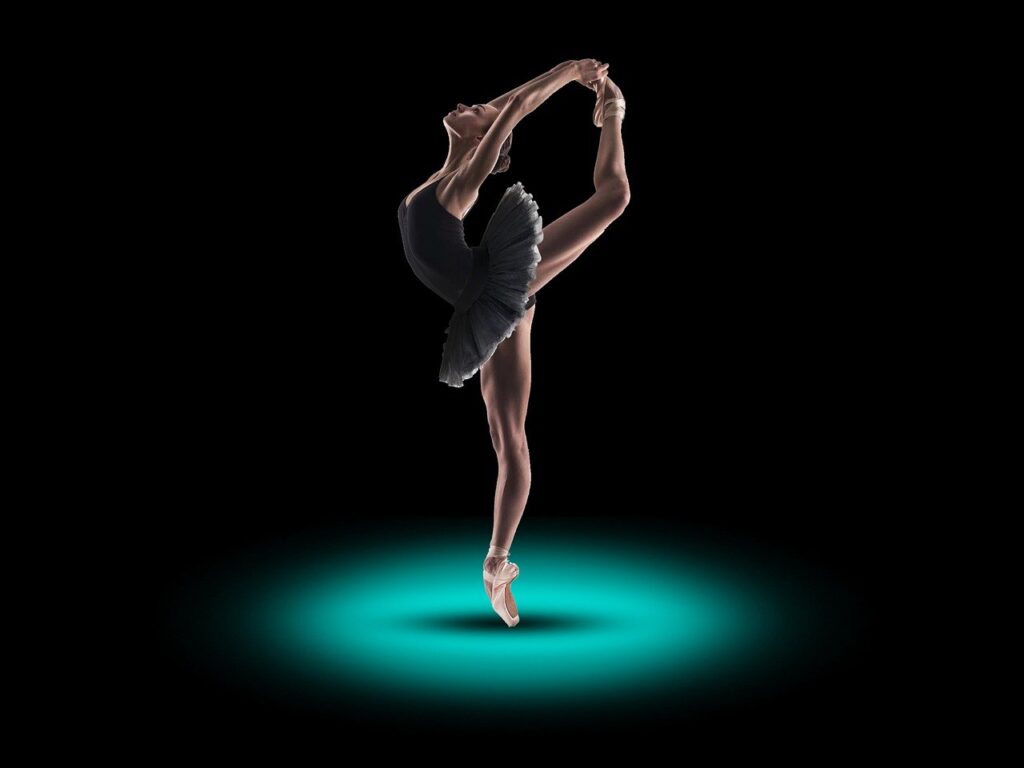In this era of digital platforms, each and every work you do is somehow related, perhaps relying on the smartphones or the internet. If you are part of the millennials, you must be having at least one smartphone in your house. So we are here with some Photo Editing Tips for Smartphone
Mobile phones these days are so powerful that they work almost as well as regular computers in different aspects. Starting from photo editing to sharing, connecting, and many more.
In fact, myriads of smartphone photographers are emerging nowadays. Many professional photographers now even rely on mobile apps to help them capture the perfect stunning shot.
In this blog, we’ll list up and show you a few photo editing tips that will help you to maximise your device’s potential.

#1 Stop Relying on Editing to Fix your Photos
I know you might be wondering that this is a post about photo editing tips, and the first thing I say is stopping relying on it! But this must be said.
A bad photo will always be a bad photo which is impossible to alter. Skilful photography should have the highest priority. After all, many-a-times editing can ruin your picture.
Make it a habit to check your frame before taking the picture. The less you make edits, the better you can retain its quality.
#2 Calibrate Your Touchscreen
Before editing pictures on your smartphone, consider calibrating your touchscreen first.
Doing so lets you make more precise adjustments for retouching. For the most part, iPhone displays are accurate. The brightness and the colour of your screen may affect your editing. You need to disable them to ensure consistent colour. Turn off your phone’s Auto-Brightness.
New iPhones have a feature called True Tone ( Auto colour temperature ).
Since it changes the tone of your screen, you may not always get accurate results after editing.

#3 Use Phone’s Native Apps
You can use your phone’s pre-installed photo editing app exclusively. It is simple, but it gets the job done.
A few icons under the image allows you to make simple exposure adjustments. Also, it lets you straighten and crop your photo along with different colour and black and white filters. Some allow you to adjust the Light, Colour, and B&W settings of your picture. You can also tap the Magic Wand icon to make auto adjustments.
Admittedly, you have limited options when you use your phone’s editing app. It even lacks a few essential elements to properly adjust your photo’s exposure.
#4 Download Third-Party Apps
There are a lot of third-party apps for smartphone photography out there.
If you want to add vibrant filters to your image, try VSCO. It features dozens of colour and black and white preset. It has the most editing features for an app, which lets you create complicated effects.
To create professional-level edits on your phone, try Snapseed. It’s non-destructive, which means you can edit without ruining the original file.
You can even save a stack of layers as Looks (presets) which you can use on other images. If you want to edit a RAW file transferred from a digital camera, then Snapseed is your best choice.
You can also use Adobe products like Lightroom and Photoshop Express for advanced features. Most of all, you can take photos in real-time and edit them directly from the app.

#5 Avoid Overdoing
The higher resolution of modern phones indeed improves the quality of your image. But, it can capture little light (as compared to digital cameras) and visual information when taking pictures – despite the MP count.
Whenever you crop an image, you may make it smaller and reduce its quality significantly. The same is true when it comes to exposure.
If your photo is too dark or too bright, you might lose details when you change it. So whenever you’re editing, just do subtle adjustments to your picture.
#6 Save Edits Separately
After completing editing, never make the mistake of deleting your original file.
When you keep the unedited version, you can rectify your mistakes you realise after completion. To avoid confusion, always organise your images into folders. Place the edited ones and original in separate ones.
Doing so helps you avoid any confusion when you have hundreds or even thousands of photos to choose from.

#7 Try Using RAW
Clicking in RAW format is arguably among the most significant photo editing tips you encounter all the time. This format retains all the information you’ll need for making changes to your photo.
As a result, the end product looks more detailed than other file types.
Unfortunately, most of today’s smartphones still shoot at JPEG.
Also, some photo editing apps like Adobe Lightroom and Snapseed allow you to work with RAW, so take advantage of it. However, if you want to take RAW photos straight from your smartphone, you may try the upgraded version of Lightroom (PAID).
Using RAW is beneficial especially since phone cameras mostly have low dynamic range. Therefore, use this format to retain the limited colours and minute details your phone captures.
#8 Back Up your Photos
When it comes to smartphone photography, backing up your images should always be standard proceeding. It protects you from corrupted data and losing precious files.
Therefore, I suggest you sync your smartphone to the cloud system. Apart from preserving your files online, the cloud lets you access the pictures and edit them on your PC.
If you’re using an iPhone, use iCloud. For Android, you can transfer your files using Google Photos which is completely free. Many phone brands also have a community cloud.
So always turn on Back up & Sync.

Conclusion
You can create a lot once you follow the photography editing tips we just shared with you. However, you should also remember that clicking good pictures is just as important.
Once you learn how to use these two skills together, you’ll see just how much your efficiency will improve.
Comment down below about your experience.
Happy Editing!

